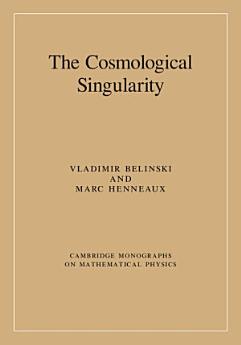The Cosmological Singularity
આ ઇ-પુસ્તક વિશે
લેખક વિશે
Vladimir Belinski holds a permanent professor position at the International Center for Relativistic Astrophysics Network (ICRANet), Italy. He is noted for his role in several key developments in theoretical physics, including the Belinski–Khalatnikov–Lifshitz conjecture on the behavior of generic solutions of Einstein equations near a cosmological singularity, the Belinski–Zakharov transform, and the 'Inflationary Attractor'. He is co-author of the book Gravitational Solitons (Cambridge, 2001) and has received the Landau Prize of the Russian Academy of Sciences (1974) and Marcel Grossmann Award (2012).
Marc Henneaux is Full Professor at the Université Libre de Bruxelles and Director of the International Solvay Institutes for Physics and Chemistry. He has contributed significantly to understandings of gravity and black holes in three dimensions, and the geometrical and algebraic aspects of theories with a gauge freedom (in particular the Becchi–Rouet–Stora–Tyutin symmetry and its cohomology). He has received the Francqui Prize (2000), the Humboldt Prize (2009), the Bogoliubov Prize (2014), the Fonds National de La Recherche Scientifique (FNRS) Quinquennal Prize in Fundamental Exact Sciences (2015), and two ERC advanced grants (2011–2015 and 2016–2021).





